
Shoulder Labral and Rotator Cuff Repair
Over the last 20 years, there has been a major increase in sports participation that may distress the shoulder. Paired with the increased competitiveness within organized sports throughout childhood and adolescence, there is a greater need for surgical procedures on the shoulder joint, such as rotator cuff and labral repairs.
The rotator cuff is a group of muscles and tendons that form a cuff over the shoulder joint and is responsible for keeping the arm in its socket and allowing the joint to move. For sports that require numerous shoulder exercise repetitions, such as baseball, tennis or volleyball, a rotator cuff can be torn from overuse or from a sudden acute tear.
The labrum is a ring of cartilage that lines and reinforces the shoulder joint, which is composed of a ball, the head of the humerus, and the socket, also known as the glenoid. The labrum supports the shoulder joint, and the rotator cuff’s tendons and muscles, while also contributing to shoulder stability.
When injured, a torn labrum can result in partial or complete shoulder dislocation, and cause a tremendous amount of pain. Labrum tears often happen due to a sports injury, typically in athletes who participate in baseball, tennis, volleyball, and golf. Labral tears can also occur from a traumatic acute injury or due to the aging process.
People of all ages can suffer from sports-related injuries. Sprains, strains, muscle pulls, and tendonitis are all too familiar injuries that MD West ONE sports medicine physicians treat on a daily basis.
Fellowship Trained Sports Medicine Physcians
We have fellowship-trained sports medicine physicians who specialize in treating sports injuries, so you can rest assured they can take care of even the most complex injury. They provide comprehensive sports medicine services including diagnosis, treatment, physical therapy, and when necessary, the latest surgical techniques such as arthroscopy. And because we know teamwork is key — MD West ONE, if neccessary, can utilize more than one subspecialist to treat your injury, minimize downtime, and expedite return to normal activity. Meet our sports medicine specialists below!
We Treat Sports Injuries for Athletes at All Levels
- Youth Recreational Athletes
- Youth League Athletes
- High School Athletes
- College Athletes
- Professional Athletes
- Adult Recreational Athletes
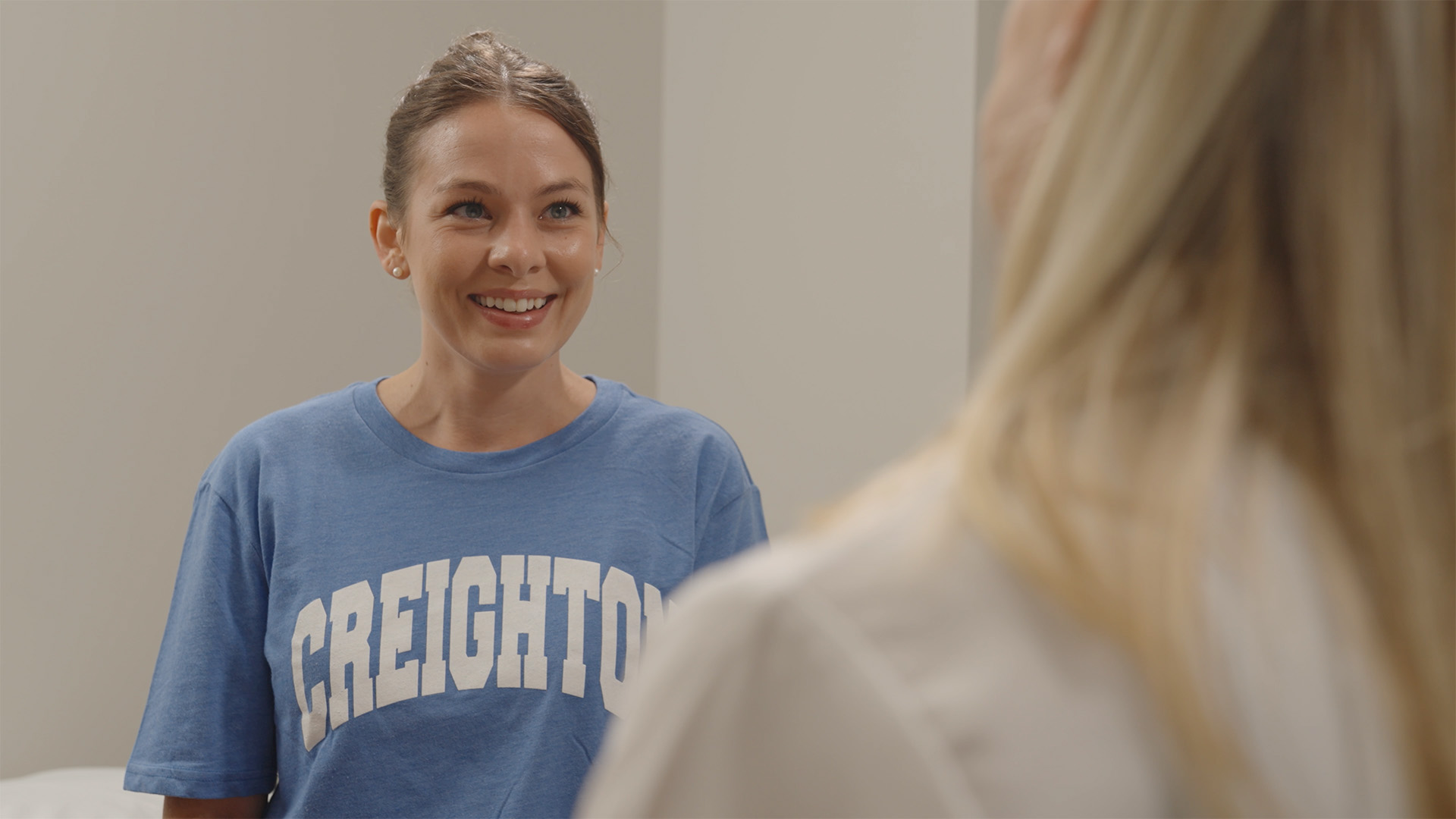
Treatments & Procedures:
Rotator cuff surgeries include suturing or reattaching one or more of the shoulder joint tendons to the bone. There are three common surgical techniques used to repair a rotator cuff tear:
- Open Repair: During this technique, an incision is made over the shoulder, and the surgeon detaches the deltoid, one of the shoulder muscles, to gain access to the torn tendon. This repair is often utilized if the tear is large or complex.
- All-Arthroscopic Repair: In an all-arthroscopic repair, your surgeon uses an arthroscope, which is a specialized kind of endoscope that is used to examine the interior of hollow structures. An arthroscope is attached to a fiber-optic video camera that is transmitted to a high-definition video monitor, which your surgeon can use to guide his or her surgical instruments. This procedure is minimally invasive and only requires three small incisions.
- Mini-Open Repair: With this technique, the surgeon uses newer technology and instruments to remove any bone spurs with an arthroscope, which avoids the need to detach the deltoid muscle. For tendon repair, the surgeon views the shoulder structures directly, which differs from an all-arthroscopic approach, where the surgeon sees the shoulder join through a video monitor.
There are two common types of labrum tears, meaning there are two forms of surgical treatments that are used to repair the two kinds of torn labrums.
- SLAP Repair: A superior labrum from anterior to posterior, known as SLAP, is a kind of tear that runs from the front to back, occurring where the bicep muscle tendon connects to the labrum in the shoulder socket. A SLAP repair is performed utilizing an arthroscope, a specialized kind of endoscope that is used to examine the interior of hollow structures. The arthroscope is able to identify the labral tear, and the surgeon can then remove any excess tissue and drill a small hole in the bone where the labrum has torn. To reattach the cartilage, the surgeon sutures the labrum to the bone.
- Bankart Repair: A bankart tear occurs when the shoulder joint ball slips out of the socket, causing the joint to pull on the lower portion of the labrum and tear it. This leads to shoulder instability because the partially torn labrum makes it easier for the shoulder to dislocate again. In a bankart repair, the surgeon reattaches the lower part of the labrum to the shoulder socket.
Labrum repair surgeries eliminate pain and restore normal function and mobility in the shoulder joint, while limiting scar tissue formation. Regardless of which type of surgery is performed, all patients are advised to wear a sling for the first four weeks after surgery to protect the shoulder as it heals.
Along with wearing a sling, patients will need medications to manage their pain, to follow their doctor’s instructions on incision-site care, and to complete rehabilitative exercises. Athletes may require six months to one year for full recovery, with overhead throwing athletes taking the longest.
Don't wait any longer to get relief. Make an appointment to see one of our orthopedic specialists.
Meet Our Sports Medicine Specialists

David C. Buck, MD
Sports Medicine & Total Joint
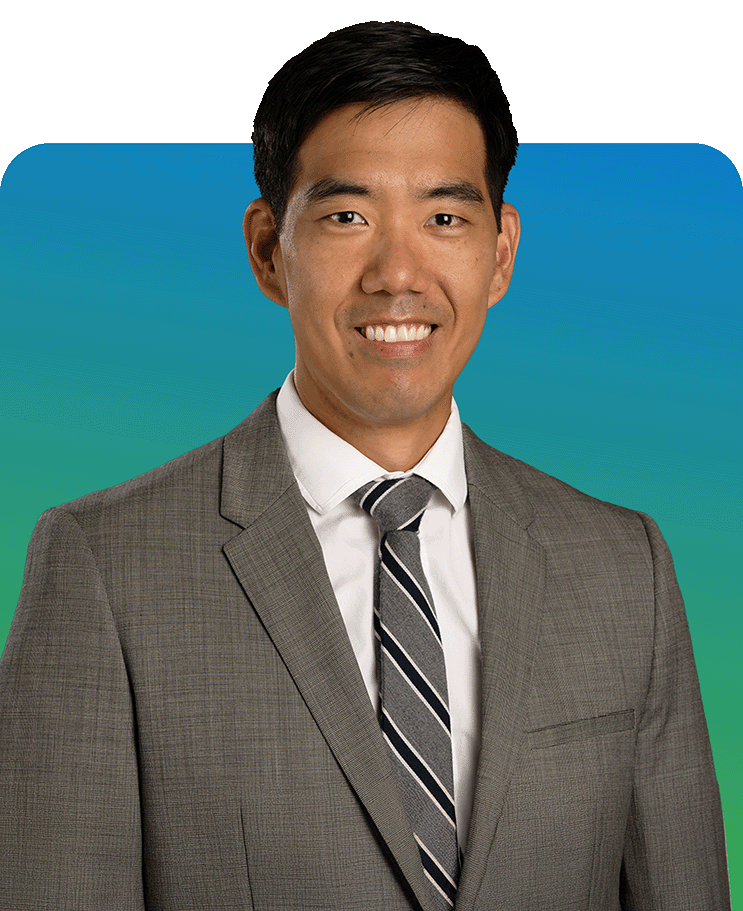
H. Wesley Cheng, M.D.
Sports Medicine & Total Joint
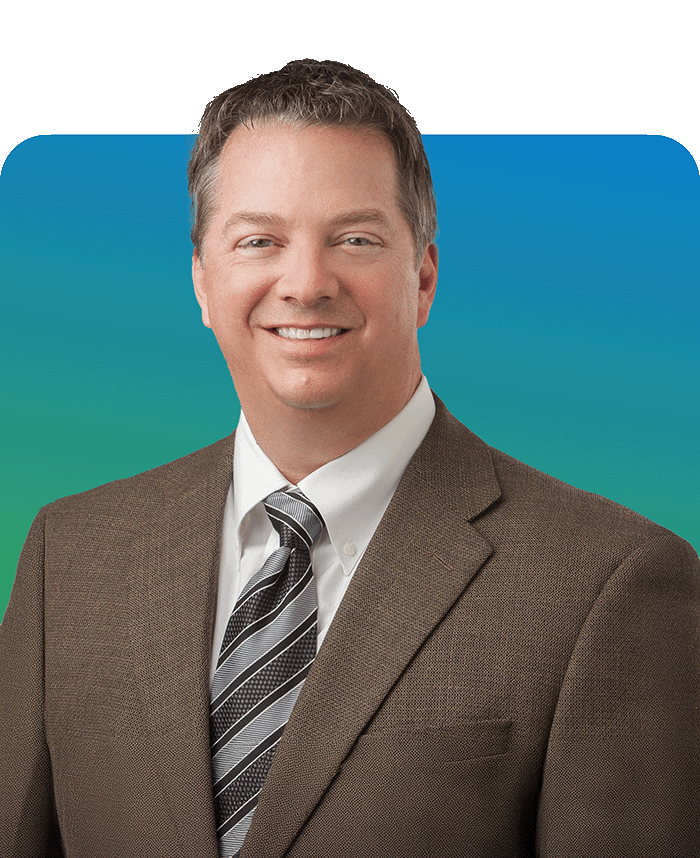
Brett W. Fischer, MD
Sports Medicine & Total Joint
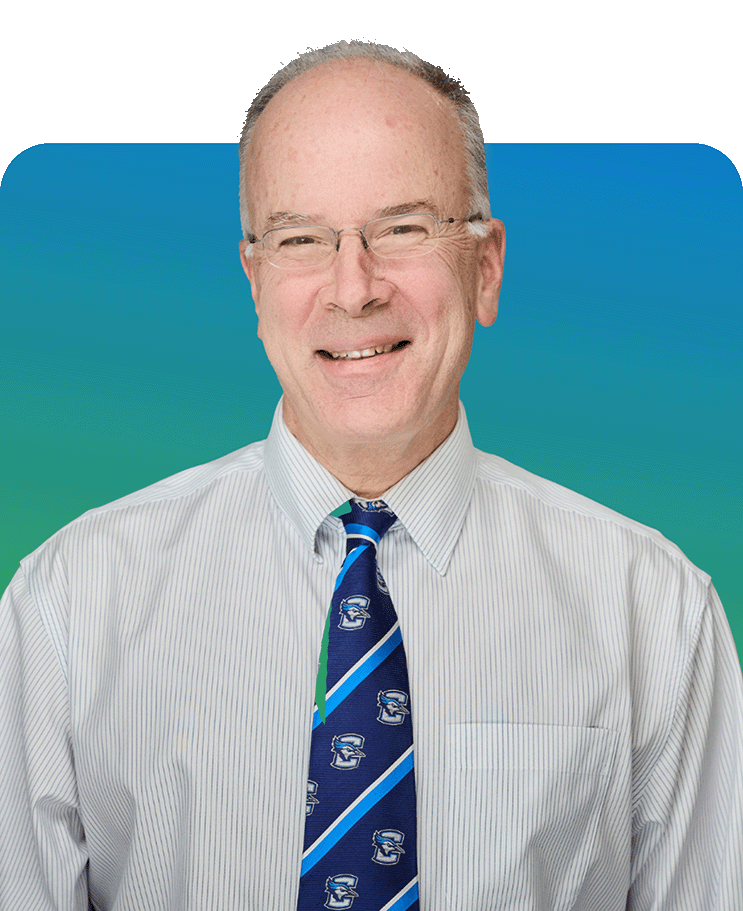
Mark Franco, M.D.
Sports Medicine & Total Joint
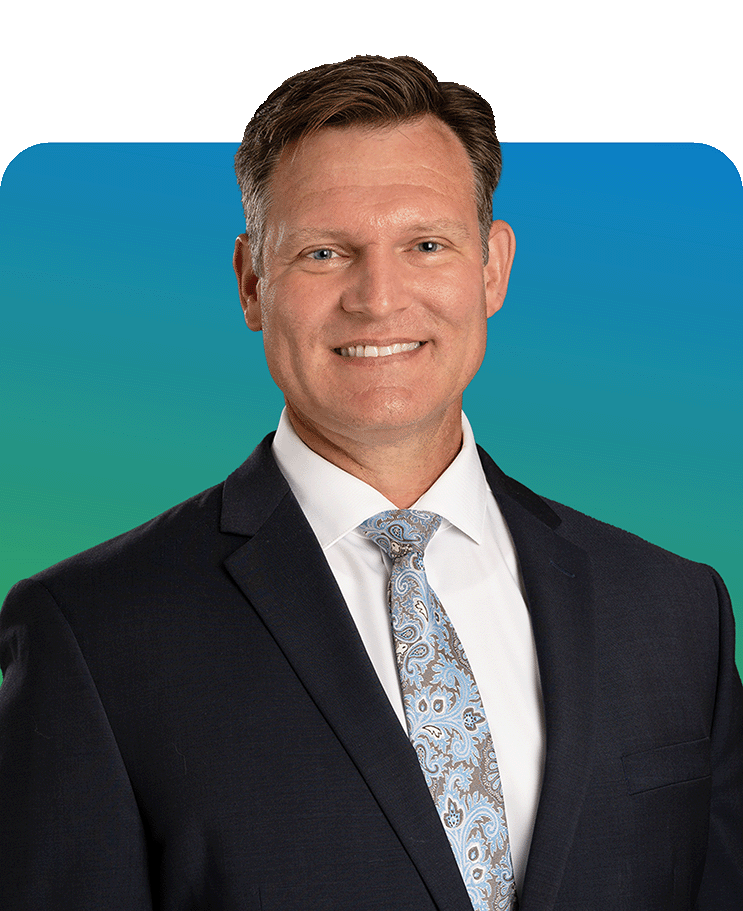
Darren Keiser, M.D.
Sports Medicine & Total Joint

T. Kevin O'Malley, MD
Sports Medicine & Knee Replacement
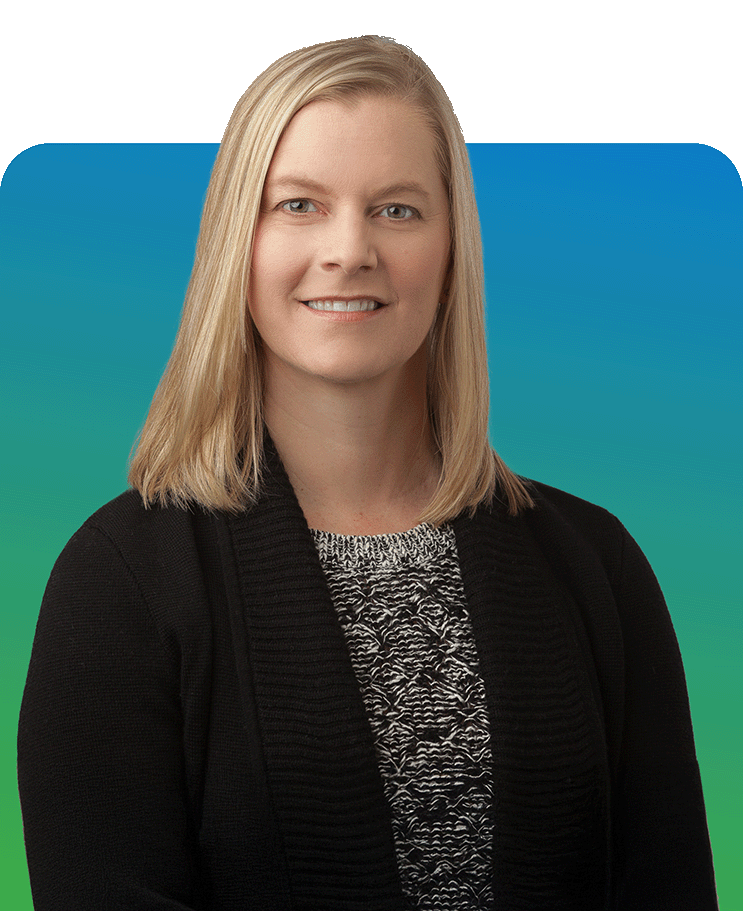
Kimberly A. Turman, MD
Sports Medicine
